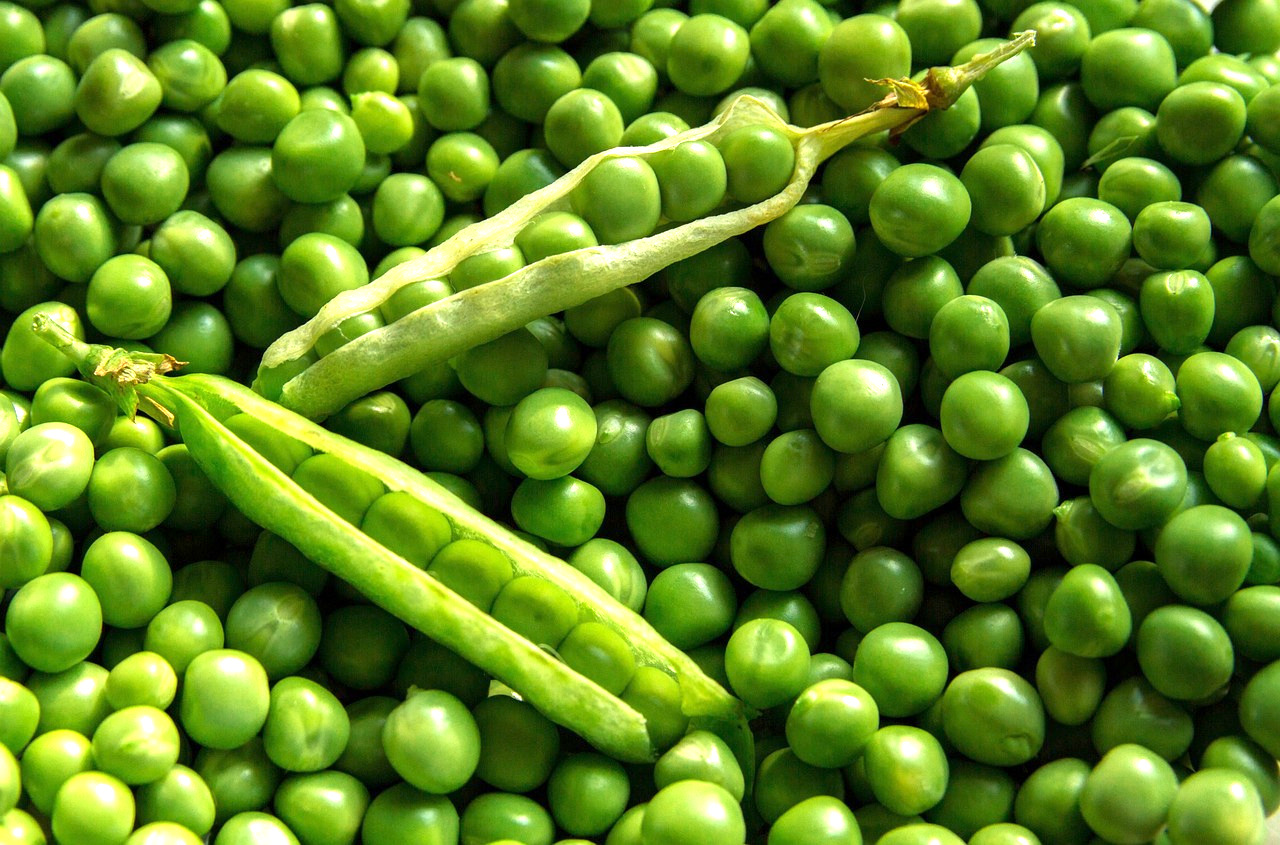Strawberry farming in Kenya is slowly becoming a profitable agribusiness, especially for small-scale farmers. With the right conditions, you can harvest sweet, juicy strawberries within just 70 days.
This fruit is in high demand due to its sweet taste, lovely aroma, and health benefits. Whether you’re in Kiambu, Nyeri, Embu, or even parts of Nairobi, strawberry farming can thrive if managed well.
Here’s a simple guide to help you understand everything from planting to harvesting strawberries successfully in Kenya.

Understanding Strawberry Farming In Kenya
Strawberry farming in Kenya is best done in hot climates with enough sunlight and rainfall. The fruit grows well outdoors in areas with altitudes between 1250 and 2200 metres above sea level.
The ideal soil should be well-drained, slightly acidic, and free from weeds. Successful farmers also use drip irrigation and organic manure to improve yield and fruit quality.
Best Varieties for Strawberry Farming in Kenya
Several strawberry varieties do well in Kenya. Choosing the right one is key for good harvests.
- Chandler – Popular due to its high yield and sweet taste
- Tribute – Known for being disease-resistant and good for fresh markets
- TriStar – Suitable for warmer areas and grows continuously
- Tioga Selva – Large fruits with strong aroma
- Pajaro – Early maturing and good for cooler regions
- Douglas, Domail, Rabunda – Also suitable for Kenyan conditions
Each variety has its strengths, so pick the one that suits your region and market demand.
Right Conditions for Growing Strawberries
For a healthy and productive crop, these conditions are vital:
- Soil – Well-drained loamy soil with a pH between 5.5 and 6.5
- Altitude – Grows best at 1250–2200 metres above sea level
- Sunlight – Requires 6 to 10 hours of direct sunlight daily
- Temperature – Thrives in 10°C to 30°C
- Rainfall – Needs about 1200mm of well-distributed rain annually
- Weed Control – Soils should be kept weed-free to avoid competition
Steps to Plant Strawberries in Kenya
You can grow strawberries from seeds or transplant runners (young plants). Here is a step-by-step process:
- Land Preparation
Start by tilling the land and clearing all weeds. Herbicides like Clampdown can be used to remove stubborn weeds. - Fertilising the Soil
Mix in organic manure and DAP fertiliser to boost soil fertility. - Spacing and Planting
Dig planting holes about 7.5 cm deep. Maintain spacing of 30 cm between plants and 40–45 cm between rows to allow proper air circulation. - Watering
Strawberries need frequent watering, especially when flowers begin to form. Drip irrigation is preferred since it saves water and avoids wetting the leaves. - Mulching and Weeding
Mulch the plants to keep the soil moist and reduce weed growth. Regular weeding ensures that the plants do not compete for nutrients.
Harvesting Your Strawberries
Strawberries take around 70 days to mature. The fruits are ready for picking 4 to 6 weeks after flowering.
- Harvest when ripe – Berries do not ripen once picked, so pick them when they are fully red.
- Be gentle – The fruit is very delicate and can be easily bruised.
- Best time to harvest – Early morning is ideal, while the fruits are still cool.
Harvesting should be done two to three times a week during peak production.
Wrapping Up
Strawberry farming in Kenya is a great opportunity for farmers looking for high-value crops. With the right location, proper soil management, and a consistent water supply, you can grow strawberries for local markets, hotels, and even export.
Although delicate, strawberries offer excellent returns and quick harvest cycles. If you’re ready to dig into agribusiness, strawberries are a sweet way to start.









































